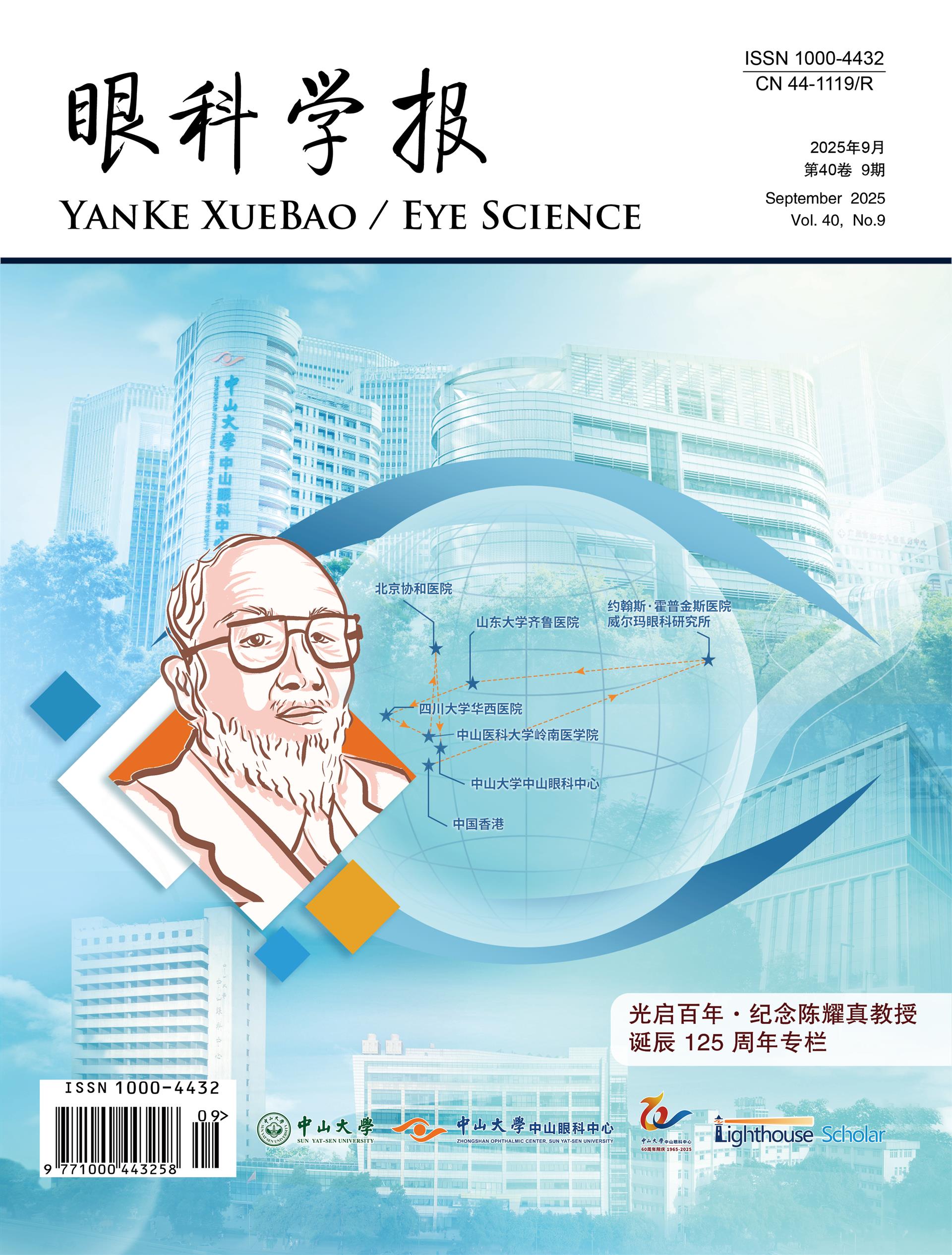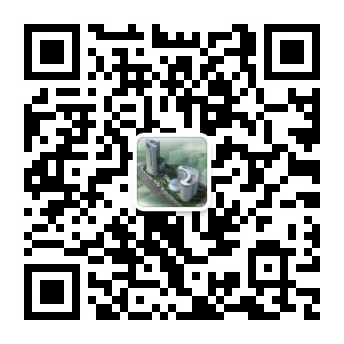Purpose: To conduct a review to systematically evaluate the use of anterior segment opticalcoherence tomography (AS-OCT) in measuring anterior scleral thickness across diverse ocularconditions and its clinical implications. Methods: Literature search was conducted across electronicdatabases, including PubMed, Scopus, and Embase, to identify relevant studies. The risk of biaswas assessed, and the main characteristics of each studies were analyzed. We calculated theoverall mean anterior scleral thickness using the data which have measurement at the same locations. Results: A total of 32 studies were included that utilized AS-OCT to measure anterior scleralthickness in both healthy subjects and individuals with ocular disorders such as myopia, keratoconus, scleritis, and others , The review found that anterior scleral thickness is signiicantly influenced by age, diurnal variation, and specific ocular conditions. For example, myopic eyes mayexhibit thinner sclera, particularly along certain meridians, while conditions like scleritis showecincreased scleral thickness due to inflammation, However, some studies have inconsistent resultsAdditionally, AS-OCT proved effective in detecting subtle variations in anterior scleral thickness. which could be linked to the progression of ocular diseases. Conclusions: Anterior scleral thicknessvaries considerably depending on age, time of day, and ocular health, making it a valuable parameterin the assessment of eye conditions. AS-OCT's ability to measure these variations non-invasivelybroadens its application in both clinical practice and research, offering new insights into thebiomechanical properties of the sclera and their implications for ocular diseases.

















